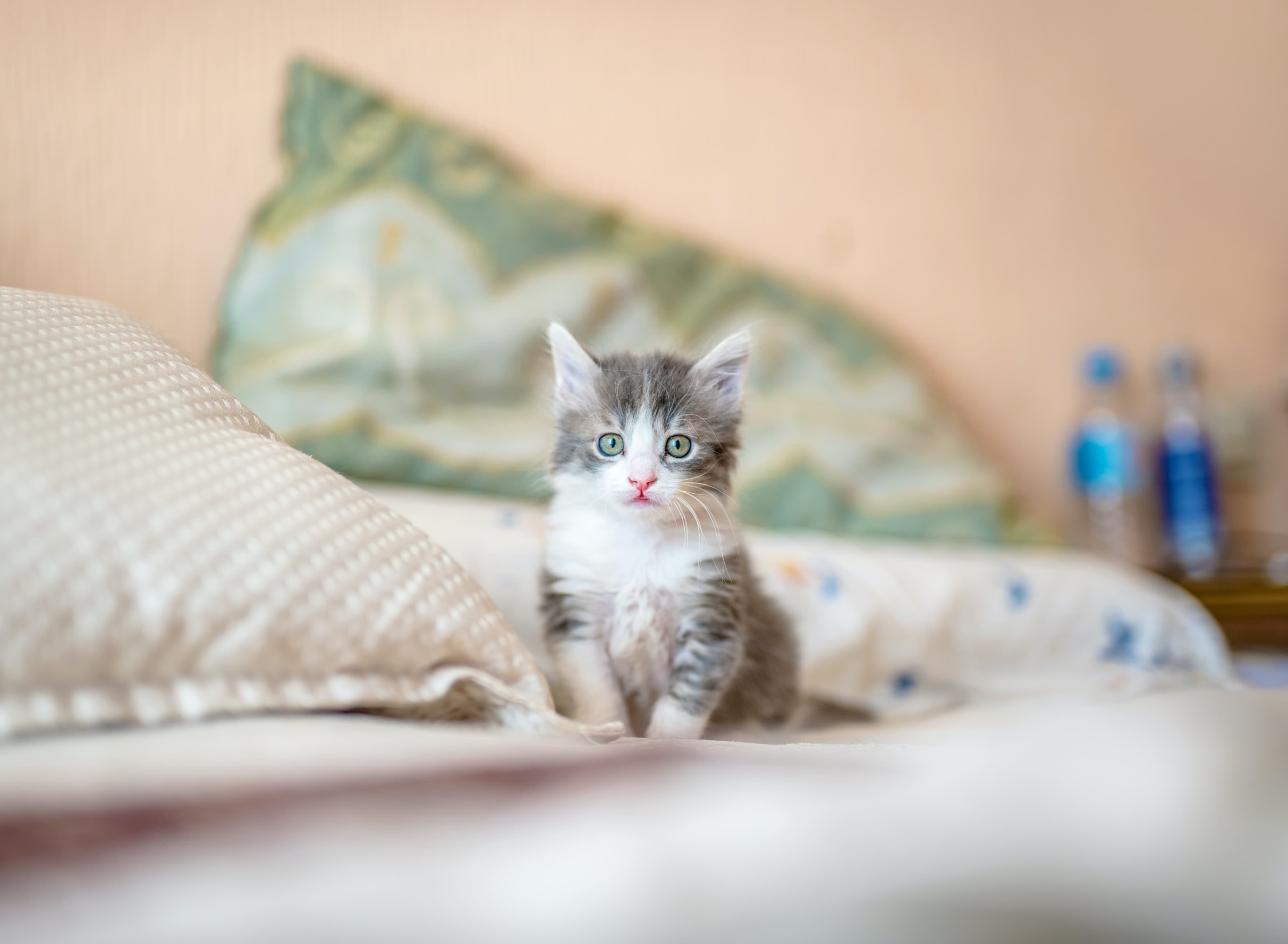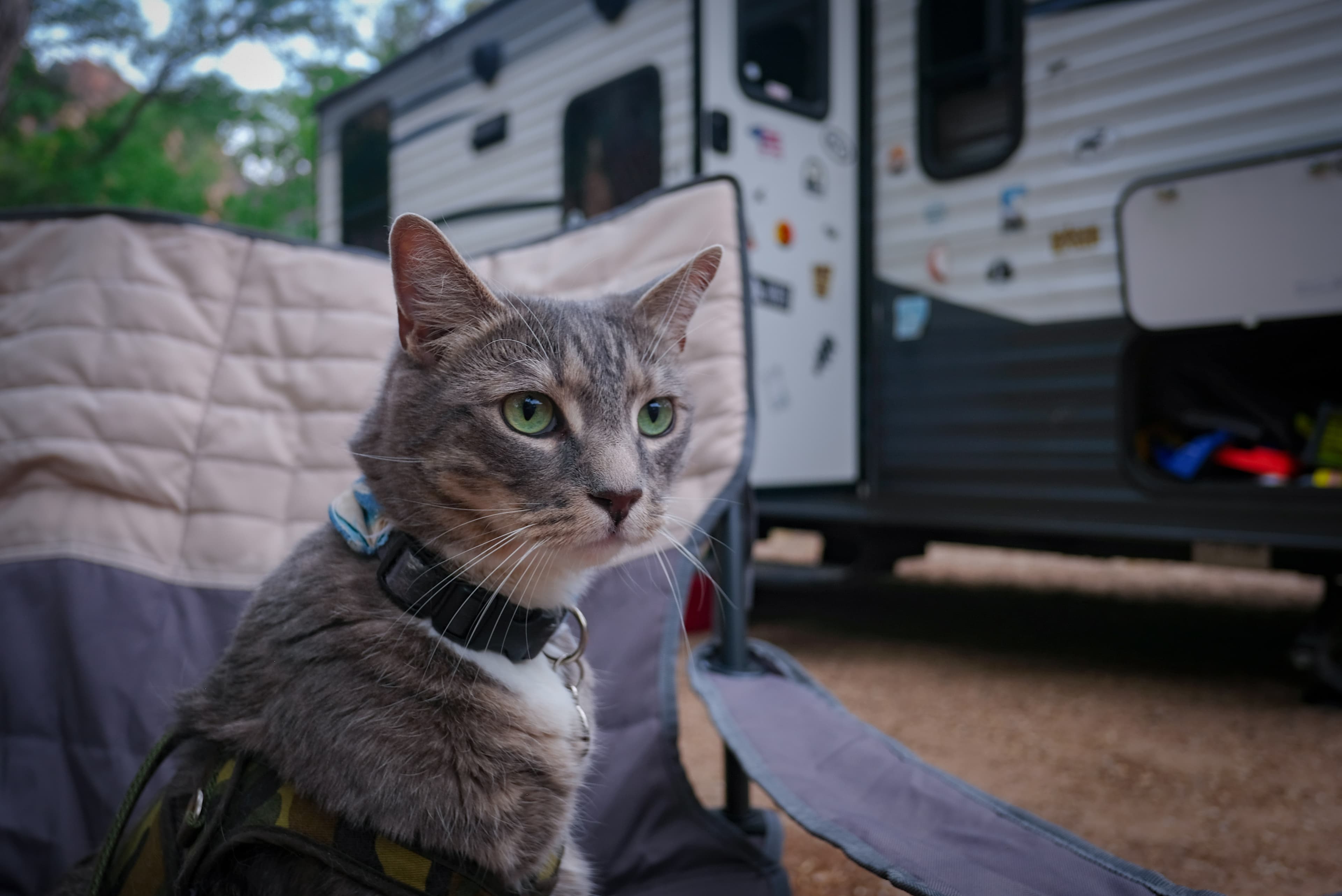Aggression in cats
Your cat or cats are probably loving and kind most of the time but sometimes, just like us humans, cats can show aggressive behaviour for various reasons. This is nothing to be alarmed about and cat aggression is actually among the most common behavioural problems we see in cats. Here we will learn more about aggression to understand our cats better.
Cause of aggression
Cats are predators high up the food chain and their behaviour is therefore based on survival for several reasons. This could be to catch and kill prey, to defend themselves and their territory or to keep competitors at bay.
The lack of socialisation and handling training at an early age may also be a contributing factor to aggression problems in adult cats. The cat becomes anxious and fearful in the situation and then simply wants to defend itself.
In addition to the natural survival instincts your cat brings to the table, pain can be a common cause of aggression. If your cat suddenly exhibits aggressive behaviour towards you or others in the home, pain may be the solution and a visit to a vet may be necessary to deal with the problem.
Hunting behaviour in the home
Playing with cats often involves their hunting instinct which can lead to you seeing aggressive behaviours in your cat. Therefore, never play with your hands as the cat may see it as its "prey" and this increases the risk of you hurting your hands. Instead, use a long toy that your cat can chase and catch.
Indoor cats do not have the same opportunity as outdoor cats to satisfy their hunting needs, which is a natural behavioural need of our cats. Then you can see that your cat may be exhibiting these types of behaviours towards you in the home. Should your cat lurk behind a piece of furniture and then attack you, it is a good idea, if possible, to try to stand still and not make this another fun activity for your cat. If you see your cat fixating on you, you can invite him to play chase with a toy instead.
Your indoor cat may also become fixated on birds or other cats when they look out of the window. It may then reverse its behaviour towards you if you walk past. The cat is then in a form of "hunting mode" which can be broken by calmly talking to it as you walk past or distracting it with a toy to break the "hunting mode" and protect yourself.
Handling aggression
Cats are often very affectionate and enjoy being petted which makes them wonderful pets. But not all cats like to be cuddled. This may be because they have not been handled at an early age and here it is important to get your cat used to touch on the cat's terms.
Always end a cuddle session if your cat stops purring, opens its eyes, stiffens up, its tail starts to swish or its ears droop. It's important to pay attention to your cat's body language and should your cat start growling or hissing, back off and give it space. Remember that all touching should always be on the cat's terms and practice handling for short periods of time.
Have you ever seen your cat be affectionate and want to be petted, then suddenly turn around and lash out with a bite or scratch? This is not because your cat doesn't like you. It's just a little confused about being both a pet and a predator at the same time. They are simply acting on pure instinct to protect themselves.
Aggression towards other cats
For the most part, cats choose to avoid confrontation by running away from threatening situations, but when escape routes are restricted, domestic disputes can occur. Cats, like dogs, can like other cats and be affectionate towards each other, but it is good to give cats enough space to retreat. Like us humans, cats have personalities and their individual preferences. Some cats just don't fit together. Therefore, give cats plenty of space and time to get used to each other but sometimes it may be better to re-home a cat and they don't get along.
Aggression towards neighbouring cats is very common. Cats have strong territorial instincts and these are especially strong in unneutered male cats. Where there is space, cats usually do not get into fights with each other but resolve conflicts at a greater distance. However, where space is limited, such as in urban areas, cats can get into fights over territory. In these cases, it may be useful to talk to neighbours to find ways of limiting the time cats can come into contact with each other.
What to do if your cat bites you
Try to stay calm if your cat should bite or scratch you. If you bark at it or get angry, it may make your cat less receptive to cuddles in the future.
Wash any scratches or bites directly in warm water with soap and rub in antiseptic cream. Should your wounds become infected or you develop symptoms such as fever, headache or swollen lymph nodes, you should always seek medical attention.






